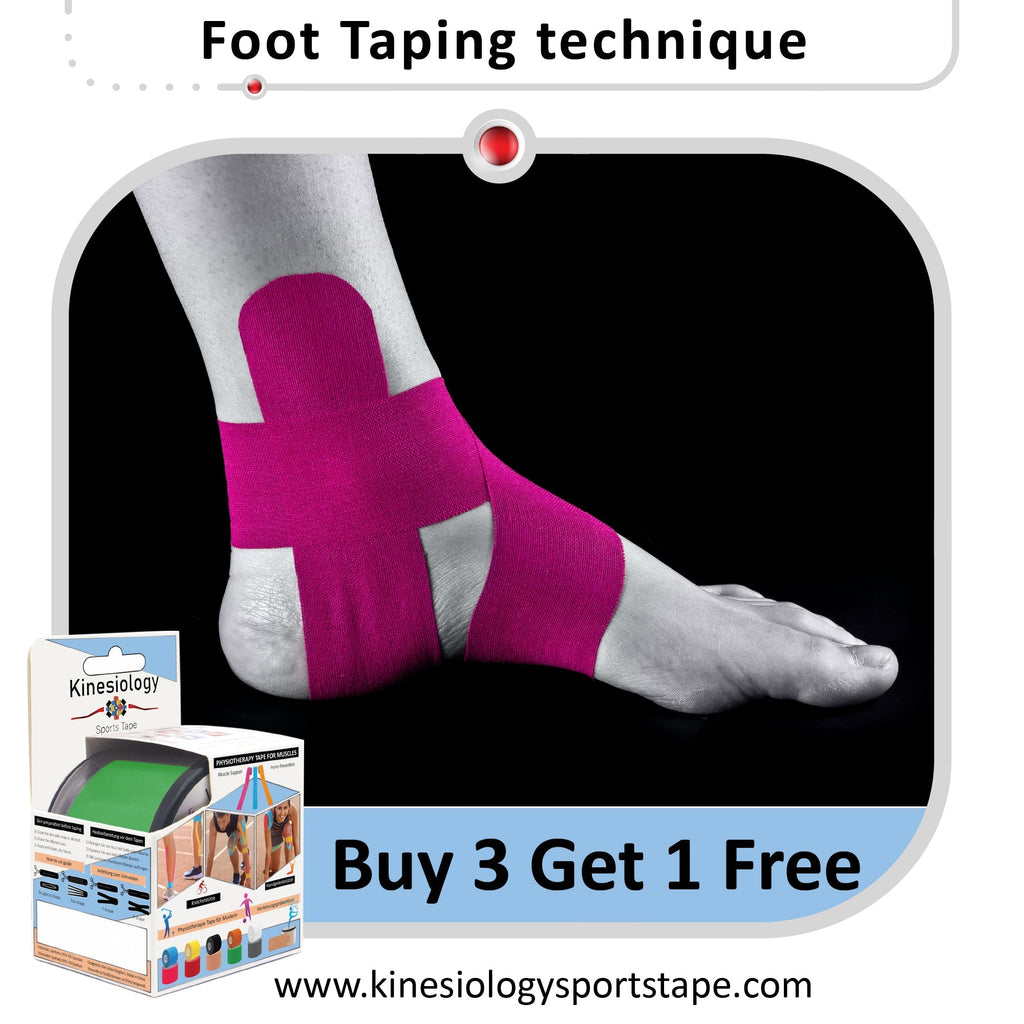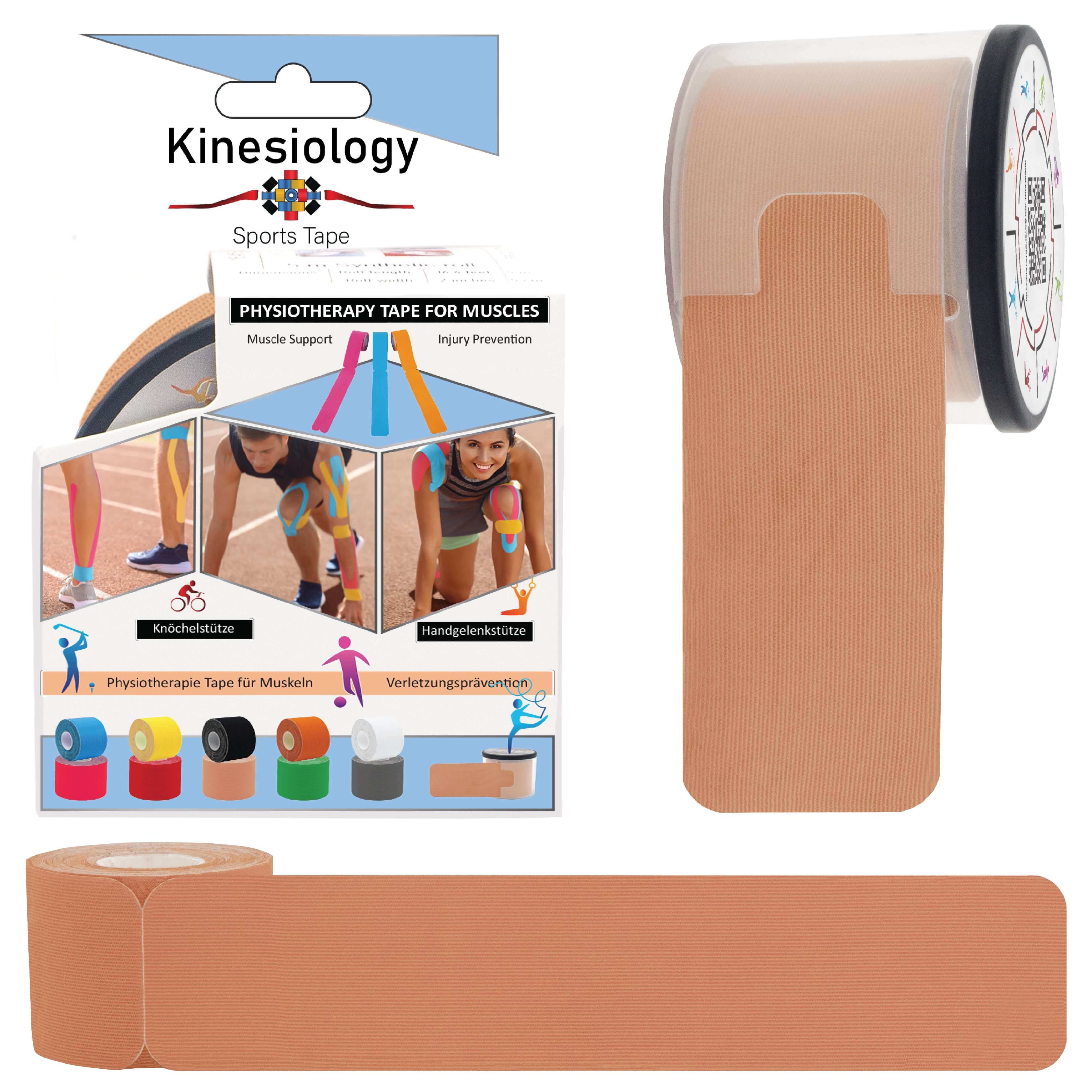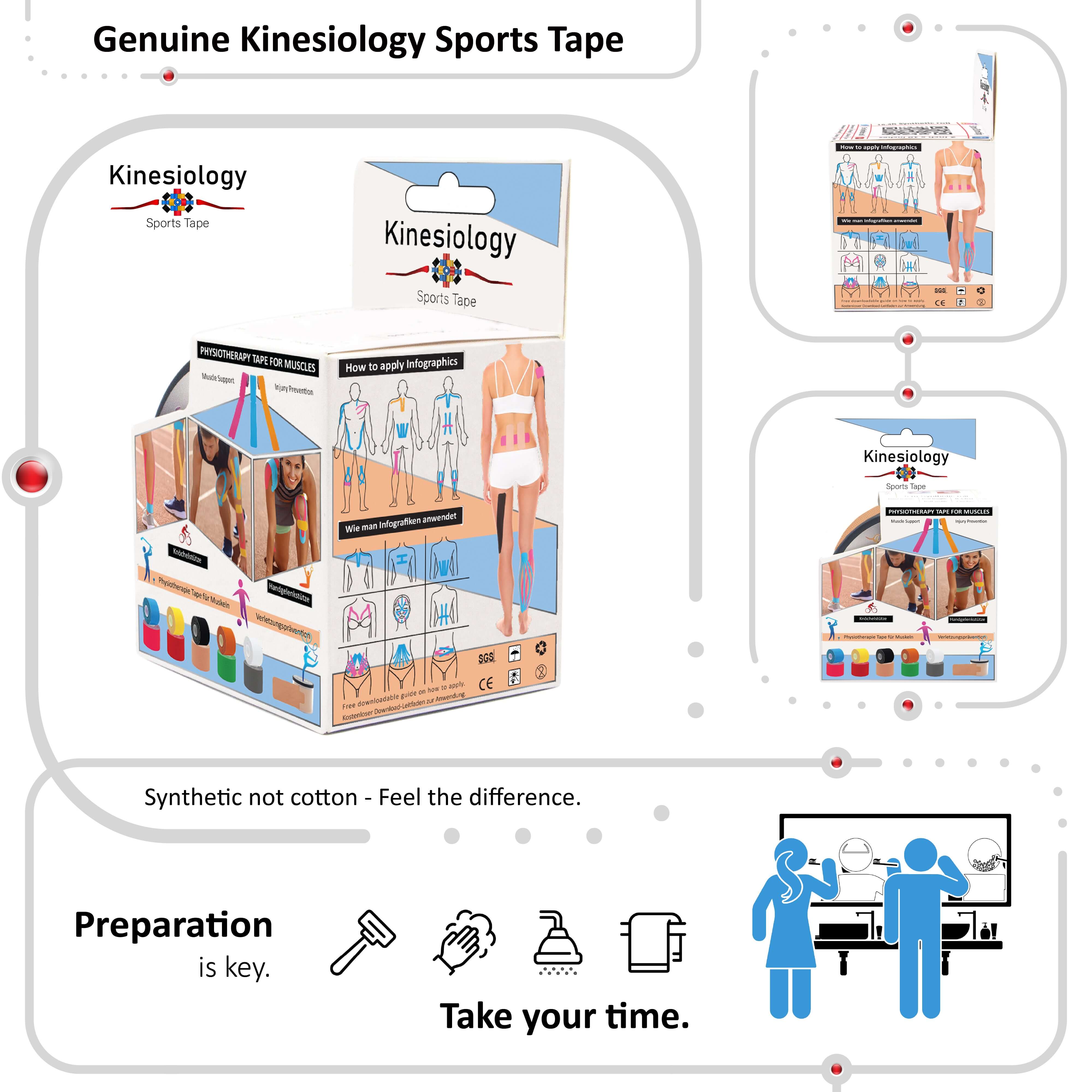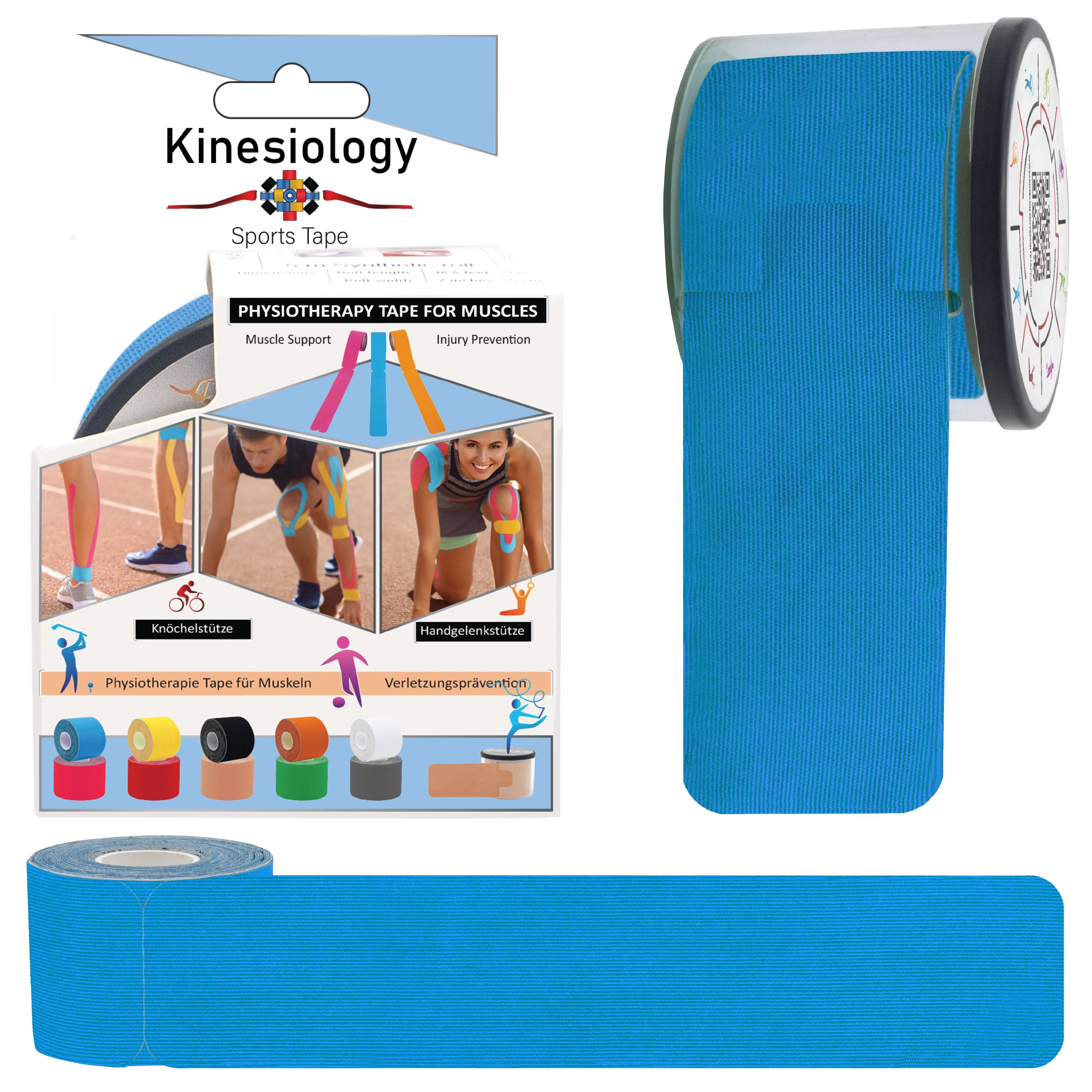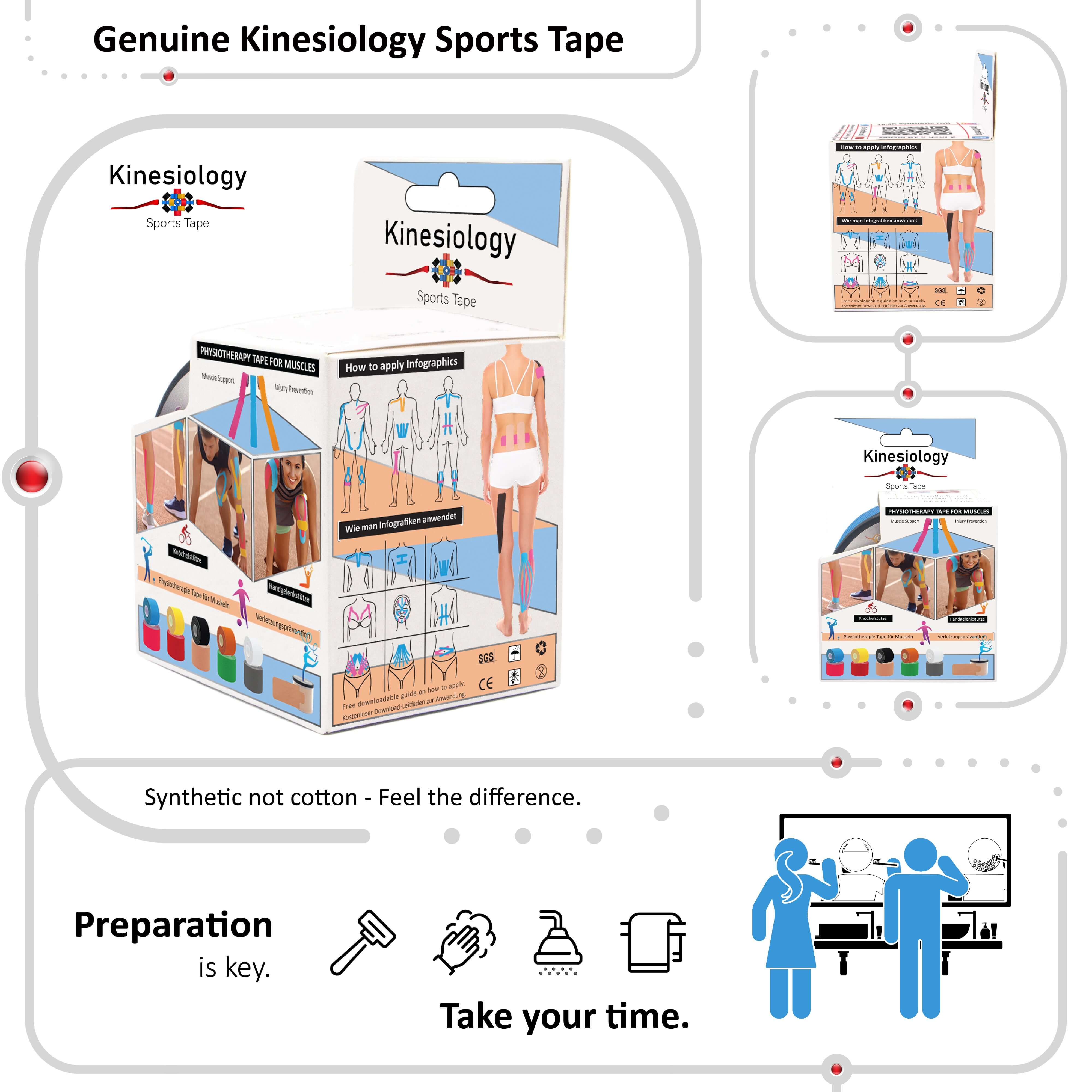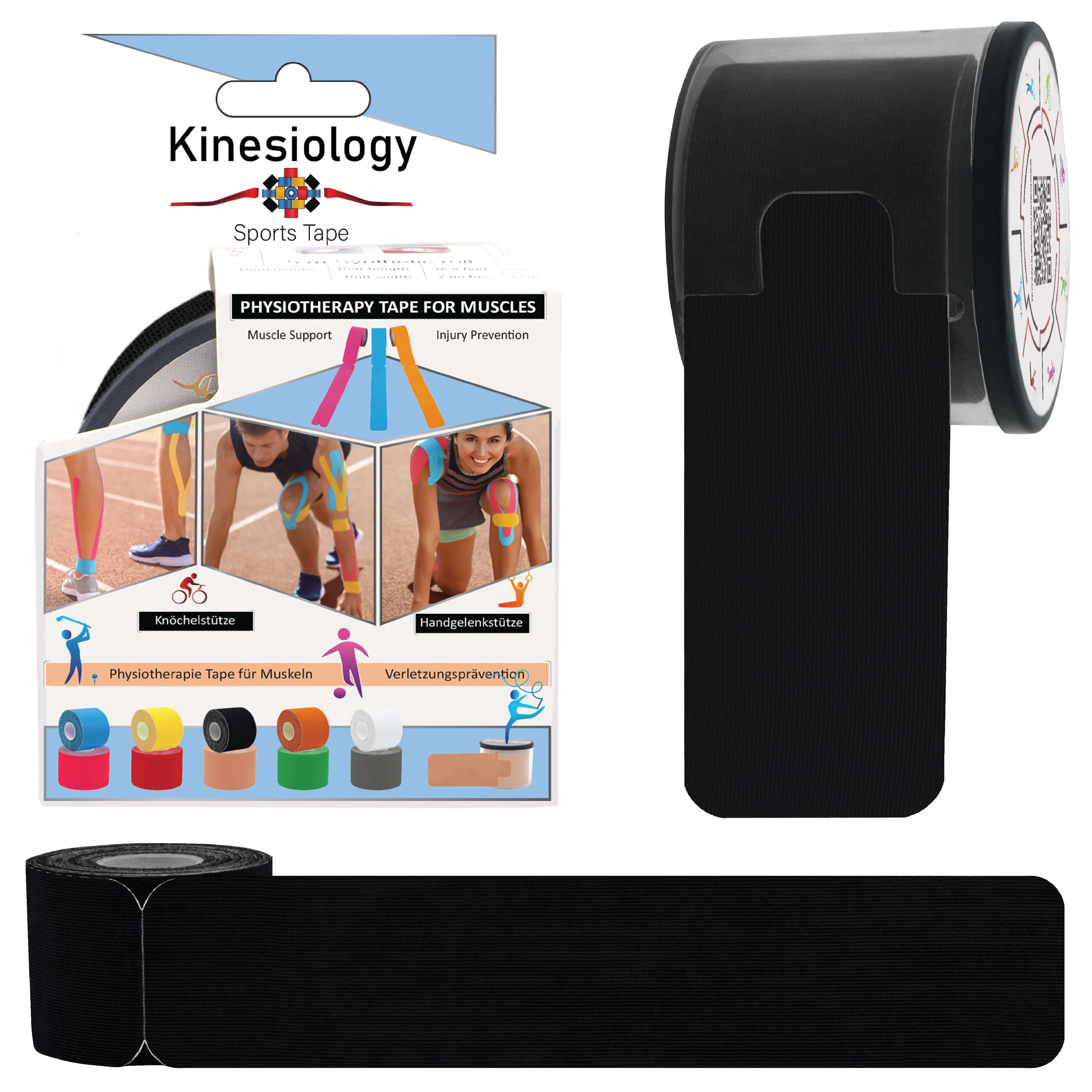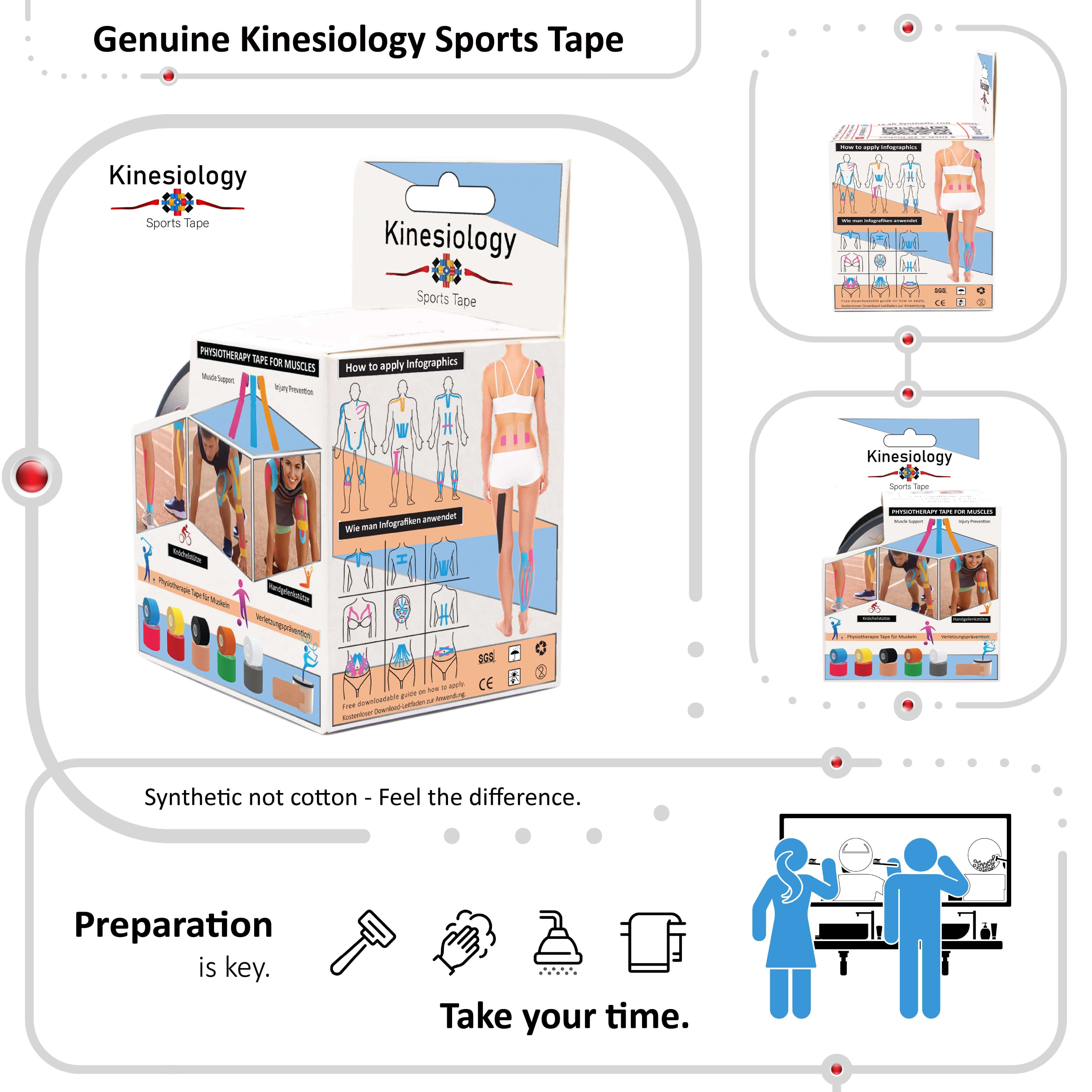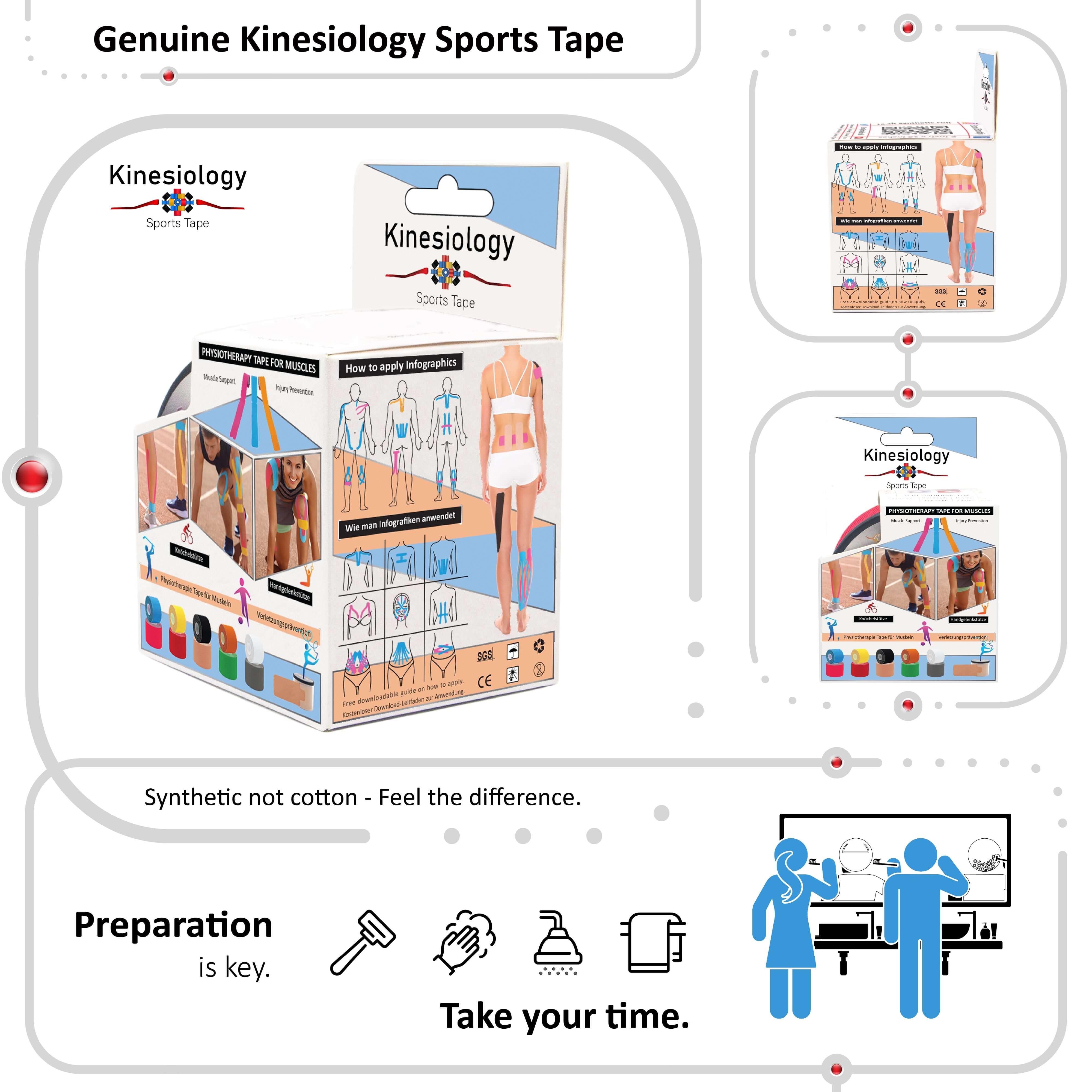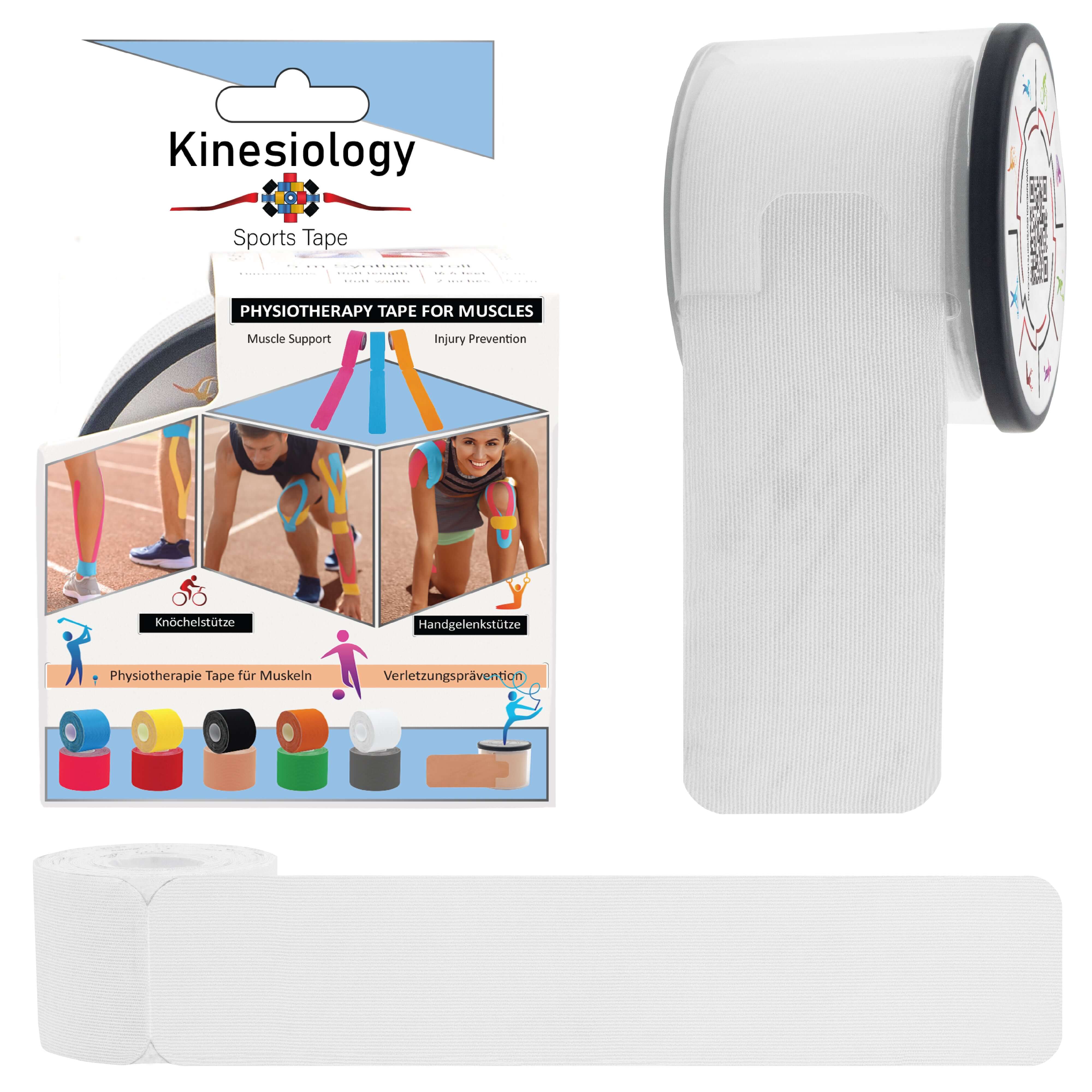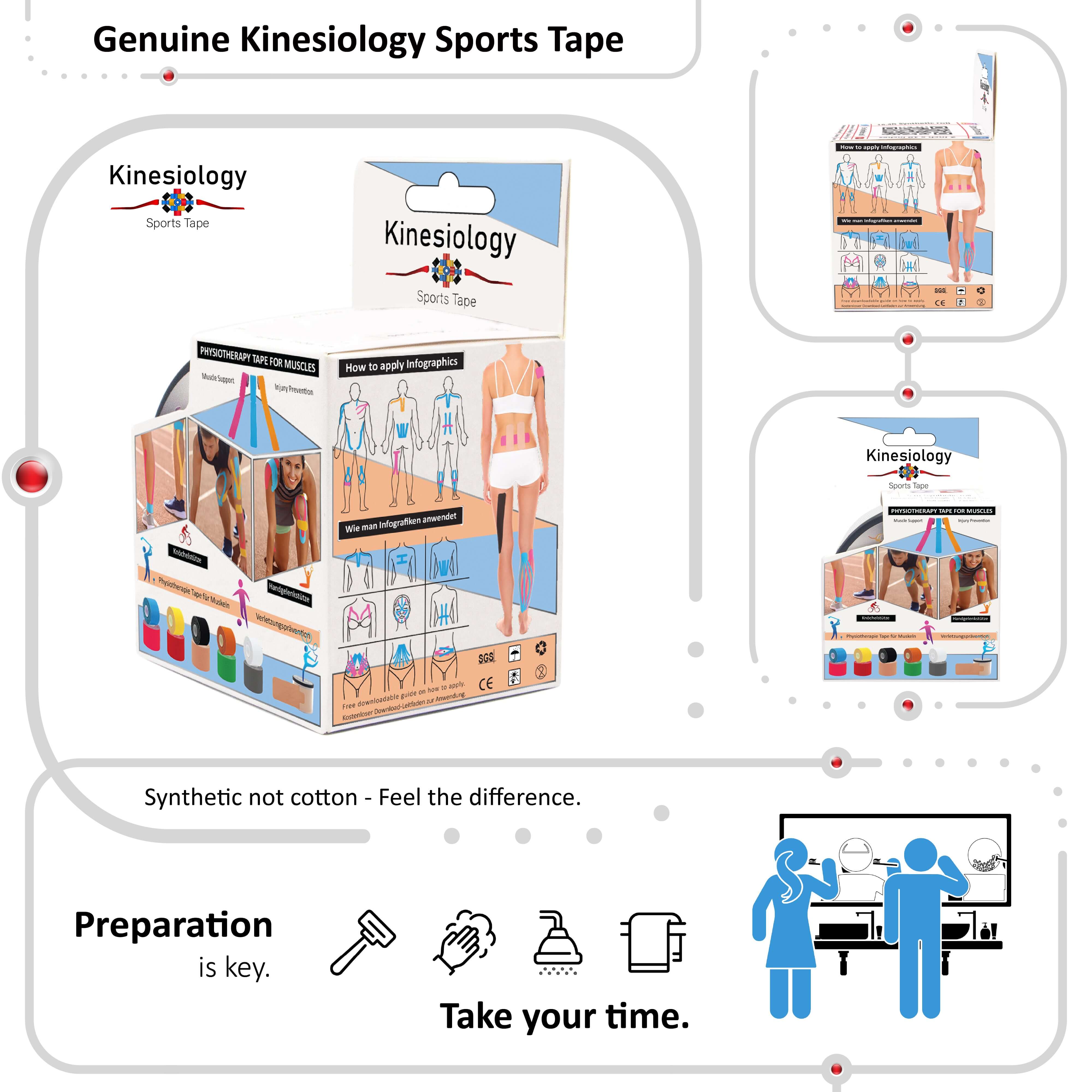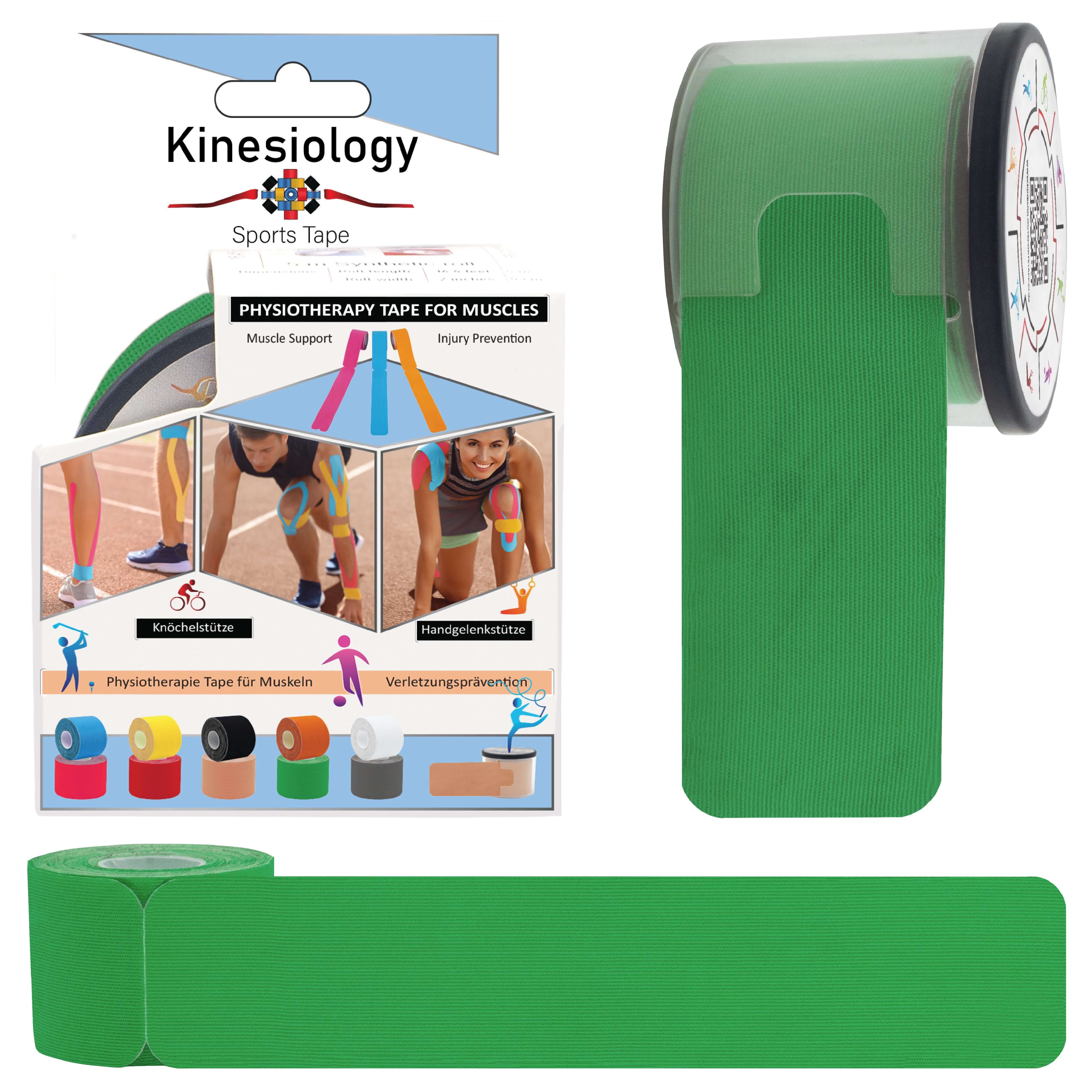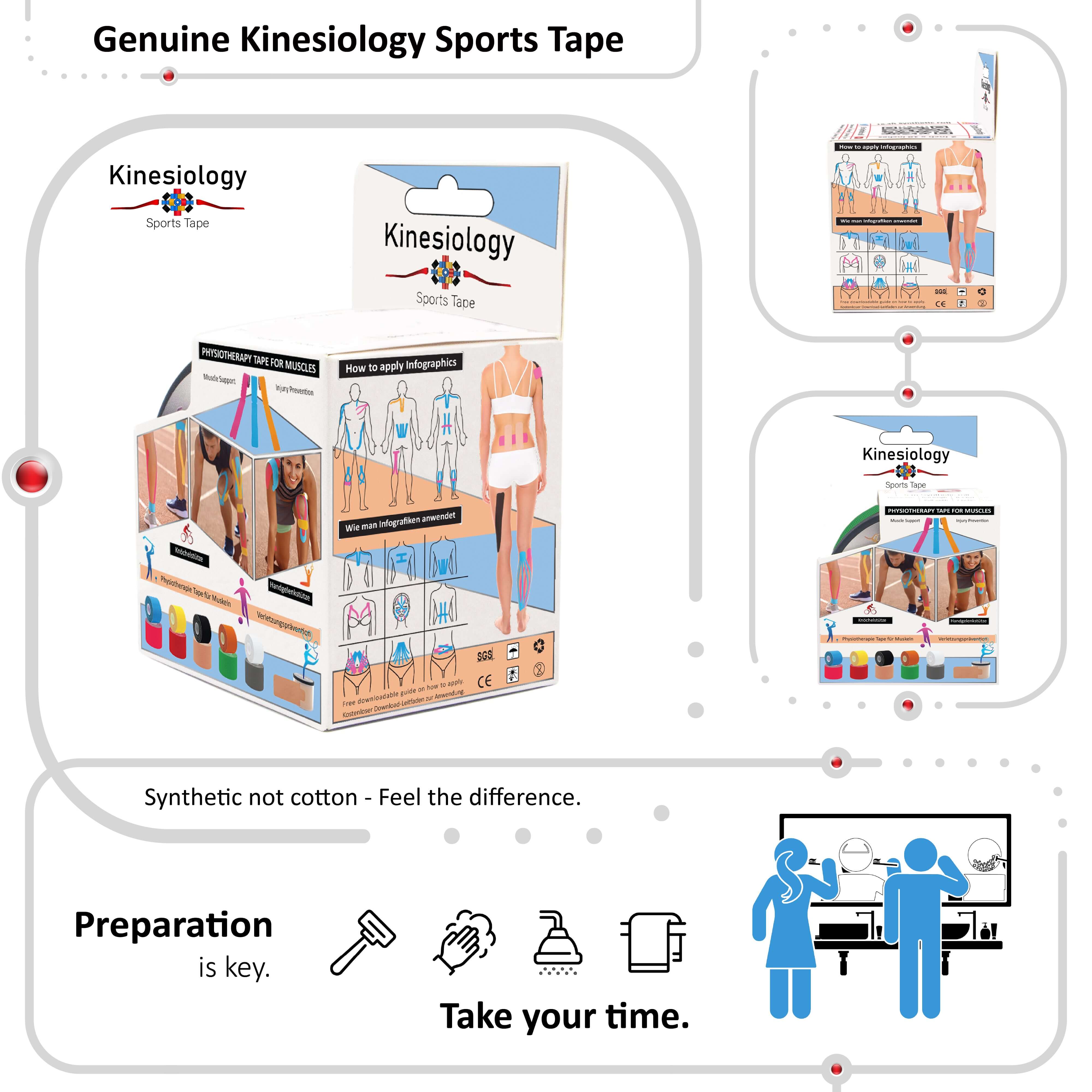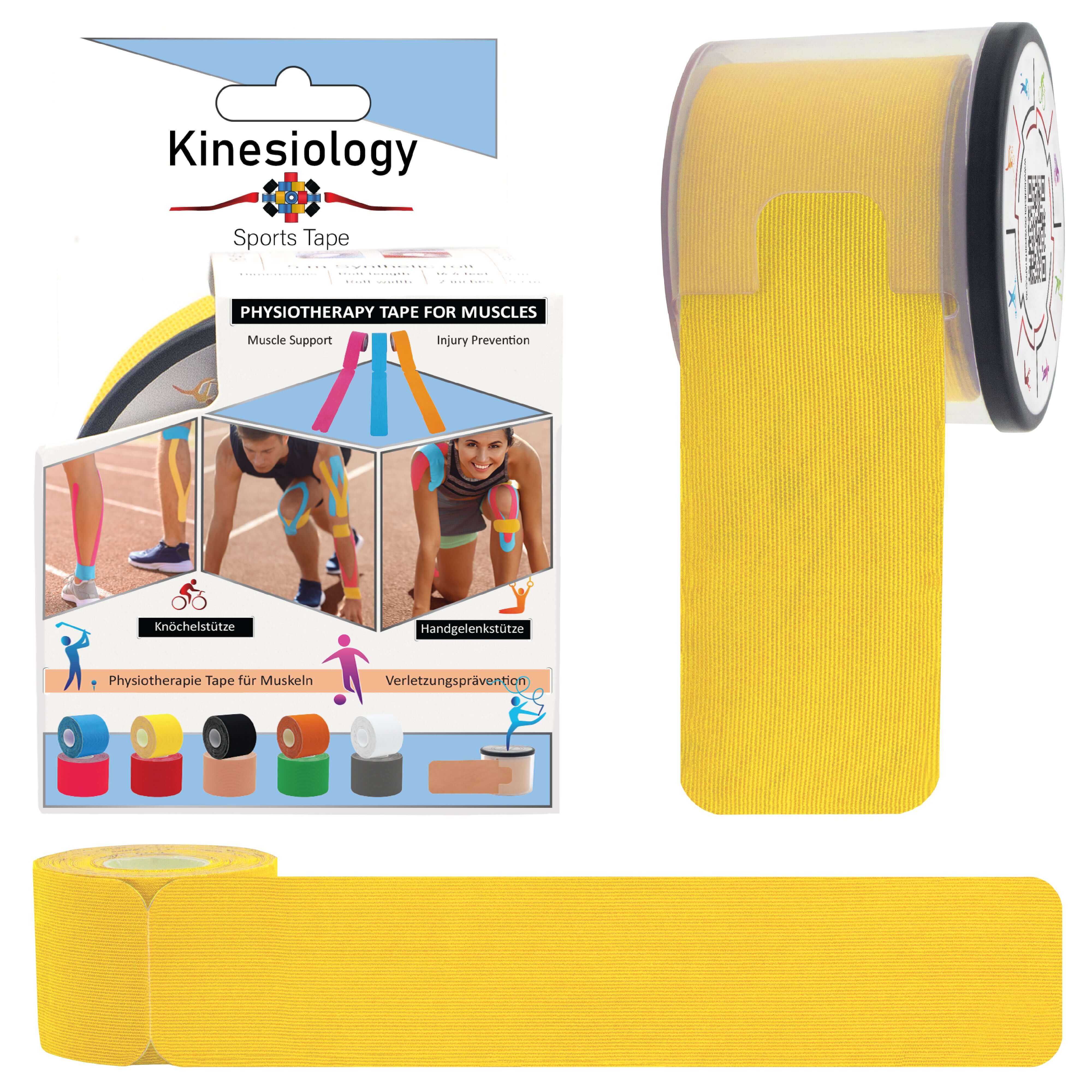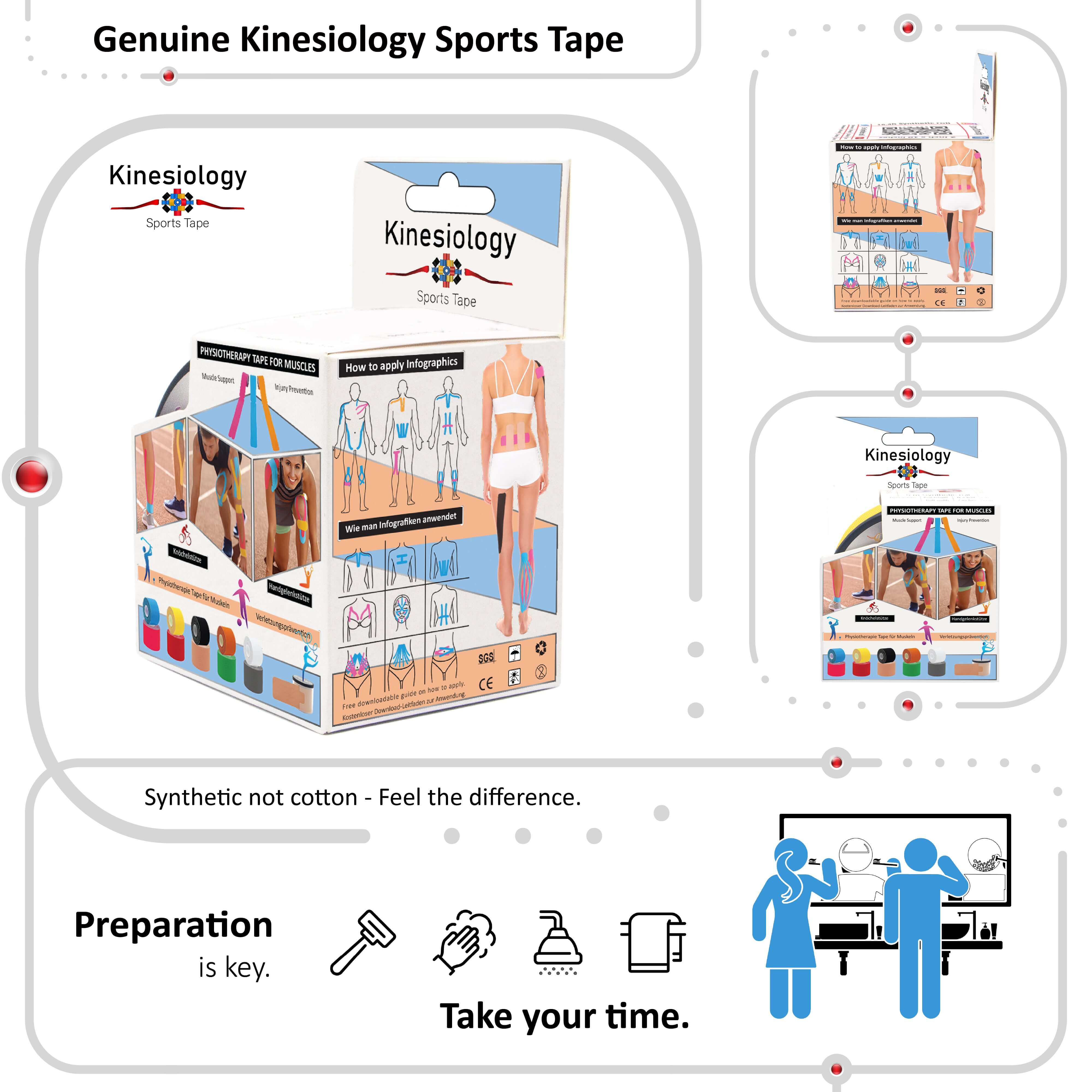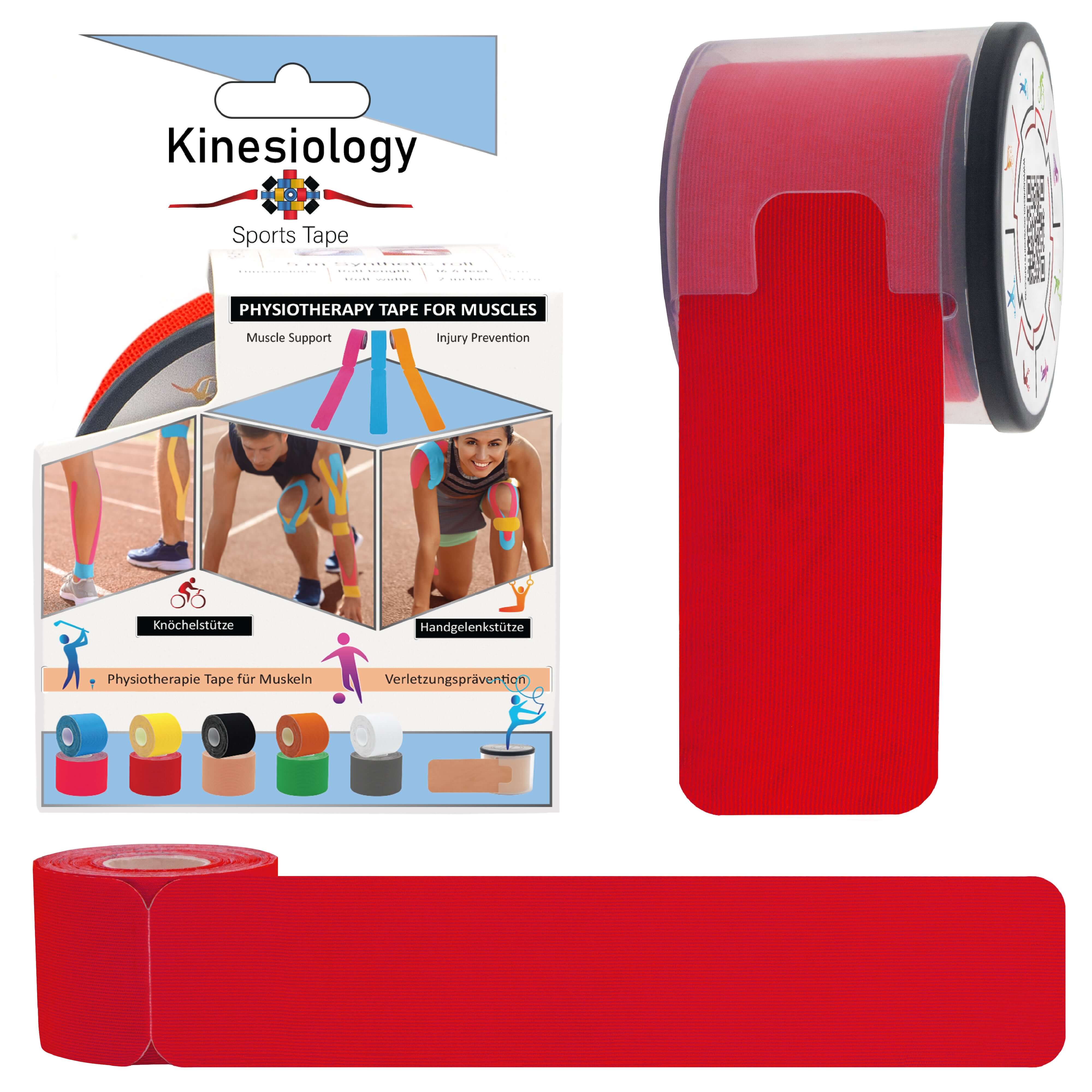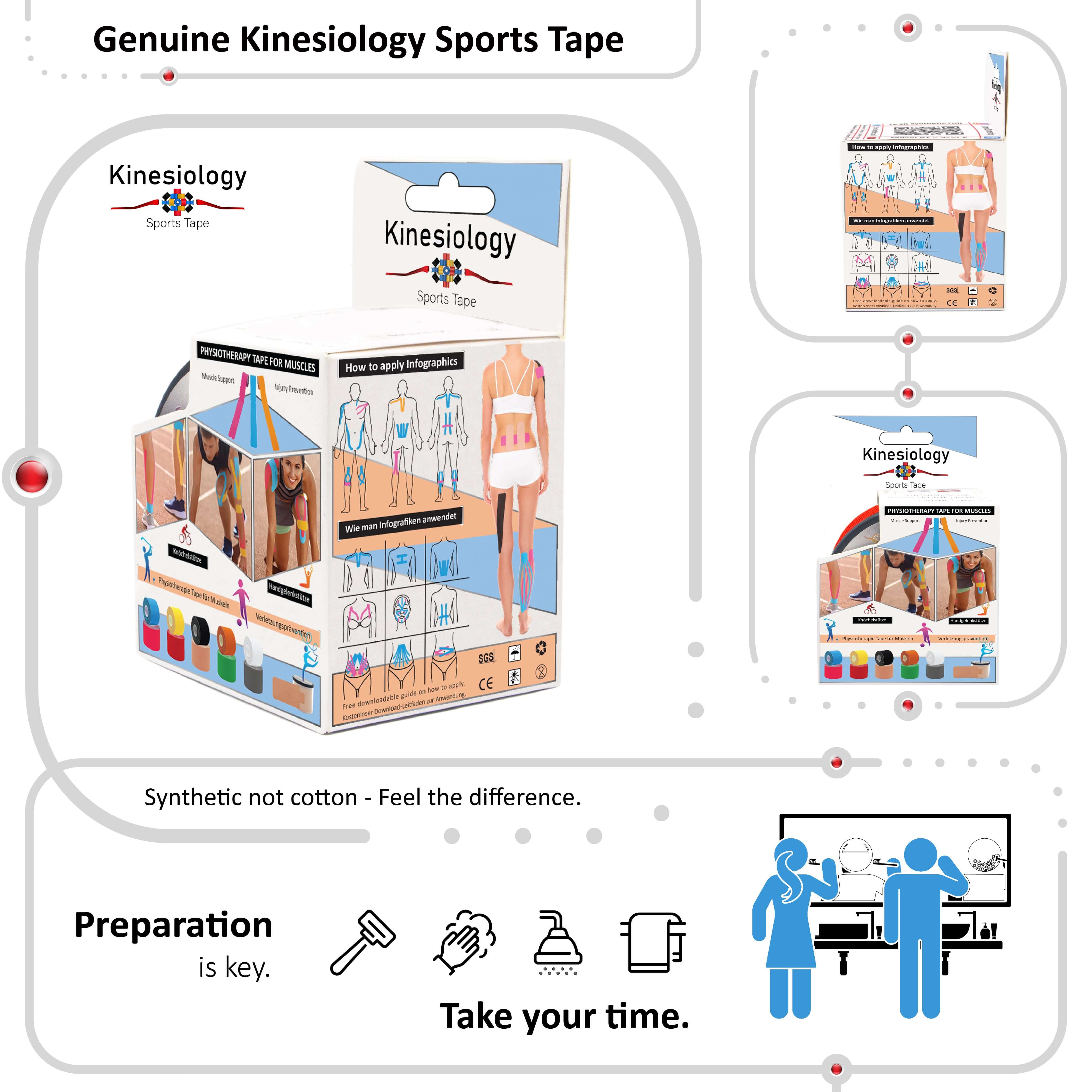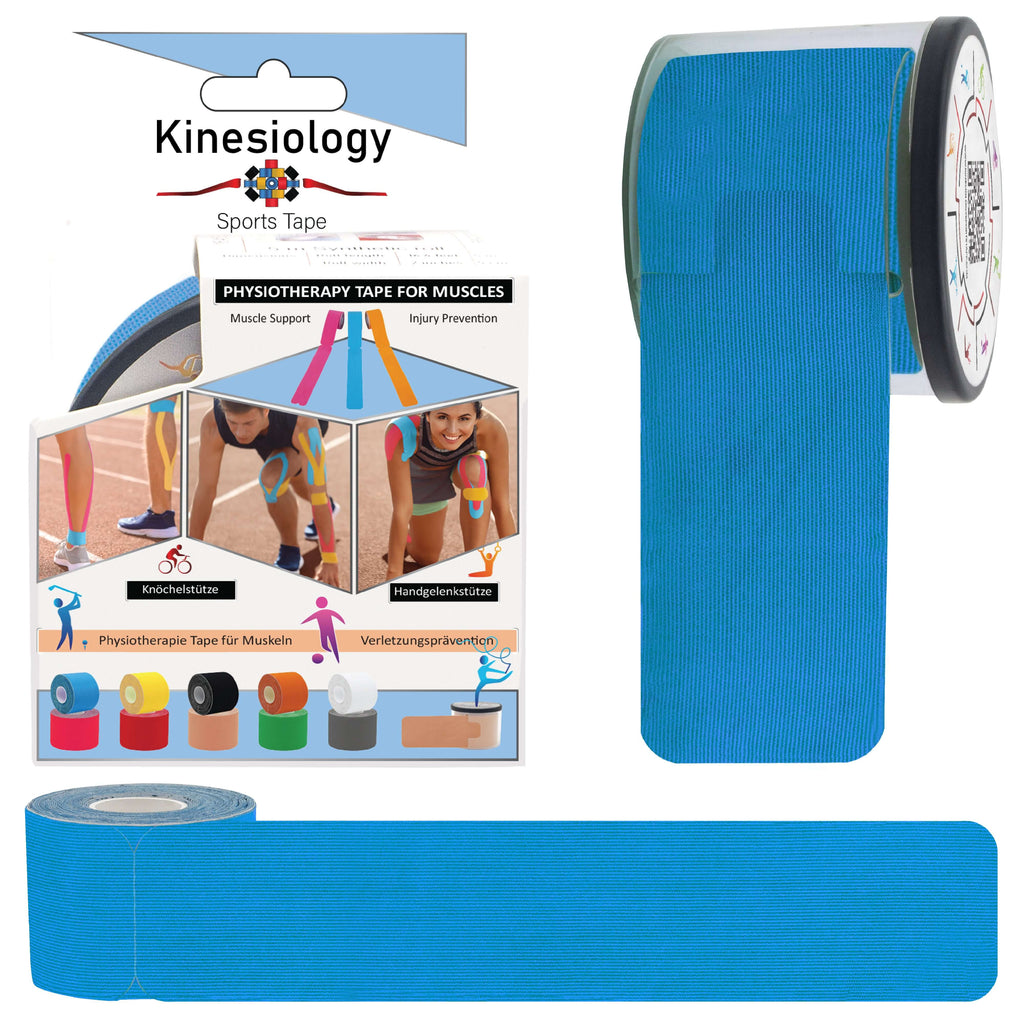
Kinesiology Tape for Athletes: Enhancing Performance and Recovery

Kinesiology tape has become a common sight on athletes of all levels, from elite Olympians to weekend warriors. Whether it is colorful strips across shoulders or supportive patterns around knees and ankles, kinesiology tape is often used during training, competition, and recovery.
But how effective is kinesiology tape for athletic performance and recovery? In this comprehensive guide, we will explore:
-
How kinesiology tape works in the context of sports
-
Specific benefits for performance, endurance, and injury prevention
-
Taping techniques for athletic movement
-
Recovery applications post-exercise or post-game
-
What the research says about real results
How Kinesiology Tape Works for Athletes
Kinesiology tape works through a combination of mechanical support and neurological feedback. When applied to the skin, the tape interacts with the body's sensory system to influence:
-
Proprioception (body awareness)
-
Circulation and lymphatic flow
-
Muscle activation or inhibition
-
Joint alignment and movement mechanics
For athletes, this means the tape can serve both as a functional aid during performance and a recovery tool post-activity.
Key Benefits for Athletes
Improved Proprioception
Kinesiology tape helps athletes become more aware of their movement patterns. This can improve motor control, joint positioning, and balance during high-intensity activity.
Enhanced Muscle Function
Depending on how the tape is applied, it can assist in either activating underused muscles or relaxing overused ones. For example, applying tape with a moderate stretch along the direction of muscle fibers can facilitate contraction, while a light stretch in the opposite direction can help reduce tension.
Joint Stability and Movement Efficiency
Kinesiology tape does not act like a rigid brace, but it can enhance joint support by improving the timing and coordination of the muscles around a joint. This is especially useful for dynamic sports involving quick changes in direction, sprinting, or jumping.
Swelling and Inflammation Management
After intense training or injury, kinesiology tape can help reduce swelling and bruising by lifting the skin microscopically. This decompresses lymphatic vessels and encourages fluid drainage, which is key for recovery.
Mental Focus and Confidence
Many athletes report feeling more confident or secure when wearing tape. Even if the mechanical effect is minimal, the psychological impact can influence performance positively through a placebo or sensory reinforcement effect.
Common Taping Applications for Athletes
Below are some practical examples of how kinesiology tape is used in sports-specific scenarios.
1. Running and Track
Common Uses: Shin splints, IT band syndrome, plantar fasciitis
Taping Techniques:
-
For shin splints, apply a strip along the tibialis posterior with moderate stretch
-
For plantar fasciitis, support the arch with a strip from heel to forefoot
-
For IT band issues, tape along the side of the thigh to reduce tension and cue alignment
2. Weightlifting and CrossFit
Common Uses: Shoulder stability, lower back support, knee tracking
Taping Techniques:
-
Use Y-strips around the shoulder to cue scapular control and deltoid function
-
For lower back, place parallel strips along the lumbar spine with light tension
-
For knees, apply tape along the quadriceps and around the patella to improve joint tracking
3. Swimming
Common Uses: Shoulder fatigue, rotator cuff irritation, lumbar stiffness
Taping Techniques:
-
Apply a Y-strip to the rotator cuff area to improve proprioception and reduce impingement
-
For lower back support, use vertical I-strips along the spine
-
Ensure tape is waterproof and applied on dry skin before entering the water
4. Team Sports (Soccer, Basketball, Rugby)
Common Uses: Ankle support, hamstring strains, calf tightness
Taping Techniques:
-
Use criss-cross strips around the ankle for proprioceptive feedback
-
Apply tape along the length of the hamstring to support healing or prevent strain
-
Calves can be taped with two I-strips placed side-by-side for muscle support during sprinting
5. Cycling and Endurance Sports
Common Uses: Knee alignment, lower back fatigue, wrist tension
Taping Techniques:
-
Tape the knee with a strip that travels from below the kneecap up along the quadriceps
-
Support lower back with lumbar taping as described above
-
Apply light tension strips on the wrist extensor or flexor compartments to reduce vibration strain
Kinesiology Tape for Recovery
Recovery is where kinesiology tape truly shines. By enhancing lymphatic drainage and reducing pressure on sore or inflamed tissues, tape can shorten recovery time and improve comfort between sessions.
Post-Workout Recovery Benefits
-
Reduces delayed onset muscle soreness (DOMS)
-
Minimizes swelling after contact sports
-
Assists in bruising and inflammation control
-
Encourages movement and circulation without restricting mobility
Recovery Taping Tips
-
Use light stretch (10 to 20 percent) to create skin lift
-
Place strips in a fan or web pattern over areas of swelling or soreness
-
Wear for 24 to 72 hours, depending on tolerance and activity level
What Does the Research Say?
Scientific studies on kinesiology tape in athletes provide mixed but promising results.
-
A 2015 systematic review published in the Journal of Sports Science & Medicine found that kinesiology tape may offer short-term benefits in muscle strength and proprioception, especially when combined with exercise therapy.
-
A 2018 randomized controlled trial showed that kinesiology tape reduced pain and improved function in athletes with shoulder impingement over a three-week period.
-
Other studies suggest the effects are most noticeable in athletes with minor dysfunctions or during post-injury recovery, rather than in perfectly healthy individuals.
It is important to note that while kinesiology tape may not produce dramatic performance gains, it is a low-risk tool that may enhance function, recovery, and injury prevention when used correctly.
When to Use Kinesiology Tape as an Athlete
Good uses:
-
During competition to cue form or reduce discomfort
-
During training to support technique
-
After exercise to assist with swelling and soreness
-
As part of a rehabilitation or return-to-play protocol
When not to rely on it:
-
To mask serious injuries
-
As a substitute for proper warm-up, cool-down, or conditioning
-
If skin irritation or allergies occur
Final Thoughts
Kinesiology tape is not a magic fix, but it can be a valuable tool in an athlete’s performance and recovery toolkit. Used properly, it offers:
-
Enhanced movement awareness
-
Support for fatigued or healing muscles
-
Help with managing swelling and inflammation
-
A non-invasive option to complement training and therapy
For best results, work with a qualified professional to apply the tape correctly and use it in conjunction with proper training, nutrition, rest, and recovery strategies.

